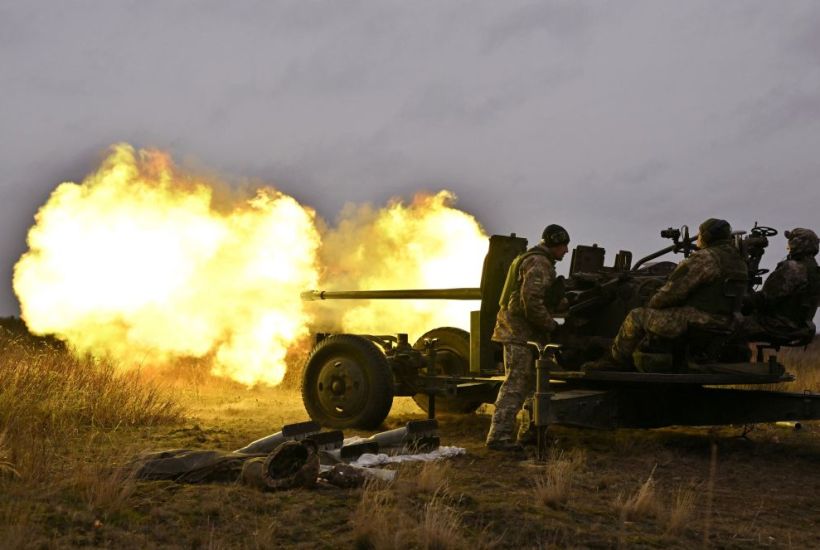A dangerous truth is emerging from Ukraine. Kyiv is slowly starting to lose the war against Russia because it is running short of ammunition, in large part because promises made by the EU and the USA are not being honoured. Concurrently, Russia has moved to a wartime economic footing, with 40 per cent of government spending now on the military. The
Already a subscriber? Log in
Subscribe for just $2 a week
Try a month of The Spectator Australia absolutely free and without commitment. Not only that but – if you choose to continue – you’ll pay just $2 a week for your first year.
- Unlimited access to spectator.com.au and app
- The weekly edition on the Spectator Australia app
- Spectator podcasts and newsletters
- Full access to spectator.co.uk
Or














Comments
Don't miss out
Join the conversation with other Spectator Australia readers. Subscribe to leave a comment.
SUBSCRIBEAlready a subscriber? Log in